CWGC; New Research Resources
Topic: CWGC
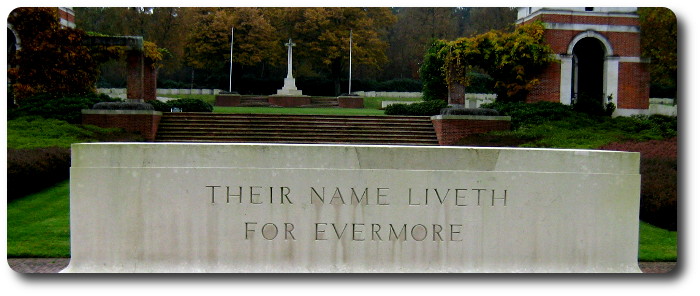
CWGC; New Research Resources
CWGC Disclaimer
This collection of documents relating to the First World War was assembled by the Commonwealth War Graves Commission and its predecessors as part of the processes involved in the commemoration of individuals. As a result, they contain many corrections and alterations which reflect their use as working documents. For further information concerning the history of the collection, please see the About Our Records page.
Please be advised that some of the documents, especially the burial returns and exhumation reports, may contain information which some people may find distressing. The original archive records and their digital copies remain the property of the Commonwealth War Graves Commission, but are available for re-use for private and non-commercial purposes.
For genealogical and medal researchers who have been researching casualties, there have been some new additions to data available from the Commonwealth War Graves Commission that you may not be aware of. The CWGC has added documents to many of their on line records for casualties of the world Wars.
These documents, which can be found linked from the CWGC casualty pages, might include any or all of the following (descriptions from the CWGC FAQ page):
 Grave Registration Documents
Grave Registration Documents
Grave Registration Reports (Final)
Grave Registration Reports (GRRs) are standard forms which record details of all graves for which the CWGC is responsible. They provide basic details of the individuals, such as name, service number, rank, regiment, unit and date of death, and are listed in Plot, Row and Grave order. The CWGC used GRRs only for burials in countries where it was responsible for registering graves. Where the Army Graves Service was responsible for registration, the CWGC was supplied with a document called a Certified Comprehensive Report, which contained similar information to a GRR. GRRs contain a number of abbreviated words and phrases. Please consult our glossary for details.Grave Registration Reports (Working Copy)
These are draft working copies of the final Grave Registration Reports and are indicated as such by being completely struck through as 'Cancelled' or 'Removed'. Often these refer to graves that were either reorganised within a cemetery or removed (in particular the graves of foreign nationals). As a result, the grave details shown in these documents may differ from those shown in the final version.
Registers
After the end of the First World War, the CWGC compiled a full list of all of the war dead it was responsible for commemorating. These registers were produced on a cemetery-by-cemetery or memorial-by-memorial basis, and eventually ran to 1,500 volumes. They contain an entry for each individual, with details of their rank, regiment, unit and date of death. Many of the entries also include additional information such as next of kin details and, on occasion, some information about how they died. These register images are taken from a master set of registers kept by the CWGC which were used and revised by staff as new information came to light, hence they may contain many amendments.
 Concentration Documents
Concentration Documents
Alternative Commemoration Documents
These are collections of grave registration documents for graves and cemeteries that have been lost or abandoned. Sites were abandoned for many reasons, but most commonly because the grave or cemetery could not be maintained due to restricted physical access to a site. As a result, the individuals were alternatively commemorated at a different location, usually on a memorial.
Burial Returns
These are lists of individuals who have been recovered or exhumed from their original burial location, and moved or concentrated to a particular cemetery. They provide basic details of the individual, but in addition may also include information as to their original location prior to burial (which in many cases is simply a trench map grid reference), and occasionally some details of how the individual war dead were identified. Exhumations occur when removing remains from a formal place of burial, whereas recoveries occur when remains are discovered but have not been formally buried.
Concentration Cemetery Documents
These are collections of grave registration documents which record details of individuals who were originally buried in smaller or isolated cemeteries, but who at a later date were exhumed and reburied (concentrated) in war cemeteries for ease of maintenance. An example of this would be individuals moved from Rosenberg Chateau to Berks Cemetery Extension.
 Exhumation Documents
Exhumation Documents
Exhumation Reports
These are documents which were produced when the war dead were exhumed in order to move them into a war cemetery or to confirm their identity. They generally include details of physique, dentistry, clothing, and equipment and can provide some location information about the initial burial. Examples are rare during the First World War and most of the exhumations occurred in the 1930s.
 Final Verification Documents-
Final Verification Documents-
Verification Forms
These forms were posted by the CWGC to the next-of-kin listed by the service authorities following the end of the First World War. They contain the individual's basic details (name, rank, regiment, number and date of death), plus any further information provided by the next-of-kin, such as their chosen personal inscription, religious emblem, age and details of the next-of-kin. The CWGC used these documents to verify the information within its' own records, and to ensure the correct information was engraved on any headstones or memorials produced. Unfortunately, around 99% of the Final Verification forms for First World War were destroyed during the Second World War.
 Headstone Documents
Headstone Documents
Headstone Schedule (Originals)
These documents provide details of what was actually inscribed on a headstone. Most headstones for the graves of Commonwealth forces conform to a basic layout of details:
- Regimental badge and layout code
- Service number and rank
- Initial(s), surname and military decorations
- Regiment or unit
- Date of death and age
- Religious emblem
- Personal inscription
Schedules for the First World War run to two pages in length, with the details of the individual on the first page and the personal inscription, if any, on the second. The CWGC used these documents to help manage the enormous programme of headstone production after the First World War.
Headstone Schedules (Appendices)
These records contain details of any special layouts that may have been required for CWGC headstones.
While most CWGC headstones conform to a standard layout, there are occasions when changes to this layout are required. For example, where an individual is known to be buried in a particular cemetery but the exact location of their grave is not known, a headstone would be erected with the superscript 'BURIED ELSEWHERE IN THIS CEMETERY'. Examples of inscription used include 'KNOWN TO BE BURIED IN THIS CEMETERY' and 'BELIEVED TO BE BURIED IN THIS CEMETERY'.
 Panel List Documents
Panel List Documents
Panel Lists
These are lists of individuals commemorated on memorials, memorial stones or screen walls. They reflect the details that were inscribed on the individual memorial panels. Documents will normally list individuals under either regiment and rank sub-headings or individual entries which include rank, name, regiment and date of death.
Panel List Addenda
These documents refer to individuals who may have been added to a memorial at a later date, and who were therefore added to memorial addenda panels rather than the main memorial panels.
More CWGC Links

Posted by regimentalrogue
at 12:01 AM EST
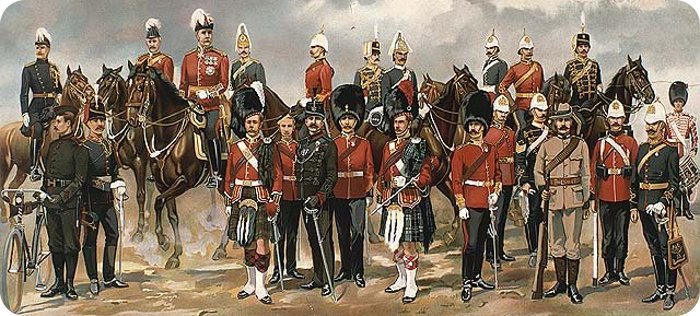


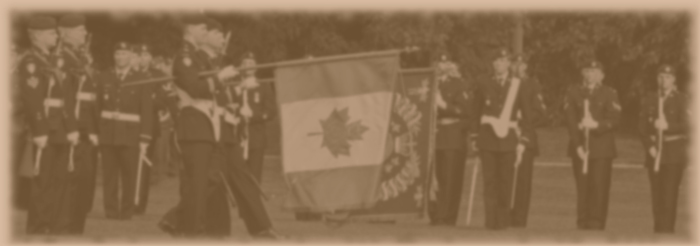
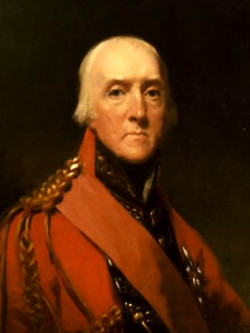

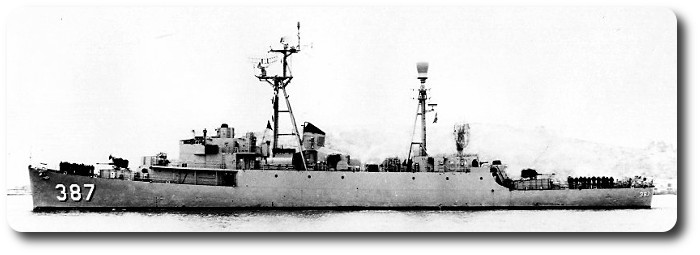
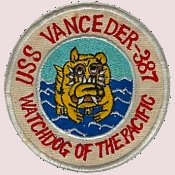




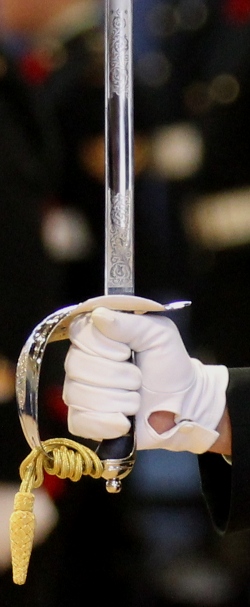 Is the Pen Still Mightier Than the Sword?
Is the Pen Still Mightier Than the Sword?
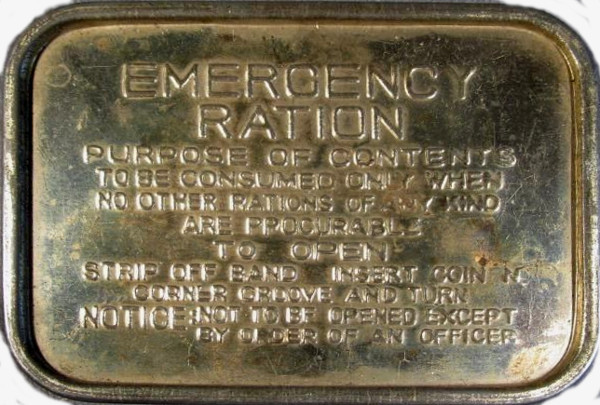
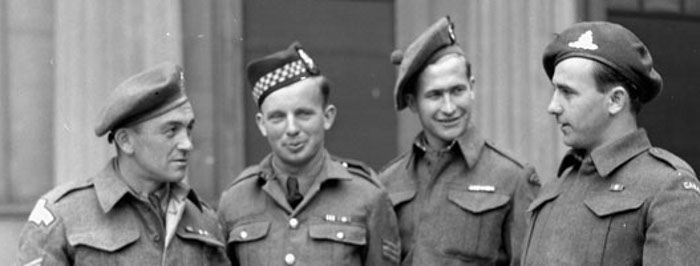
 Leadership presupposes two things: — A leader, and men capable of being led. A stag cannot lead an army of lions; a lion cannot persuade an army of stags to follow. What then is required? A lion leading lions. In other words, the qualities of leader and led are very similar. The chief of these qualities are: —
Leadership presupposes two things: — A leader, and men capable of being led. A stag cannot lead an army of lions; a lion cannot persuade an army of stags to follow. What then is required? A lion leading lions. In other words, the qualities of leader and led are very similar. The chief of these qualities are: — 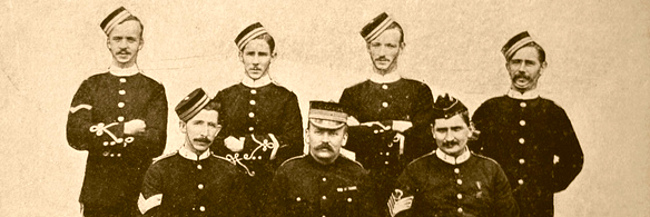
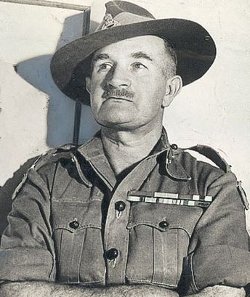

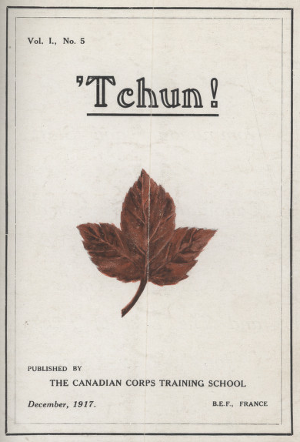 As much as soldiers enjoy learning new things; new weapon systems, new tactics and techniques to make them more effective on the field of battle, there is one timeless constant that survives all armies and eras. Soldiers dislike being in the school environment. Published in the school newsletter of the
As much as soldiers enjoy learning new things; new weapon systems, new tactics and techniques to make them more effective on the field of battle, there is one timeless constant that survives all armies and eras. Soldiers dislike being in the school environment. Published in the school newsletter of the 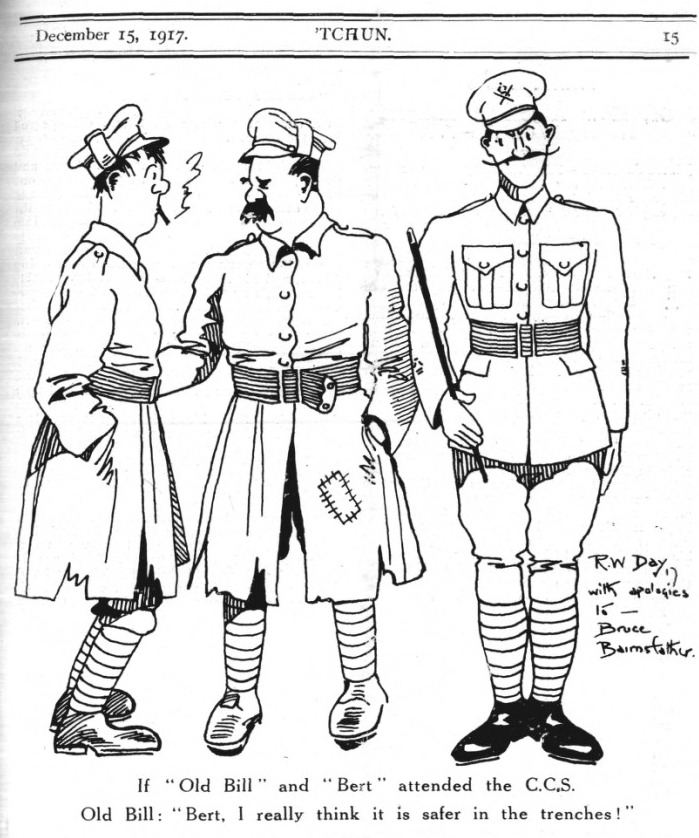
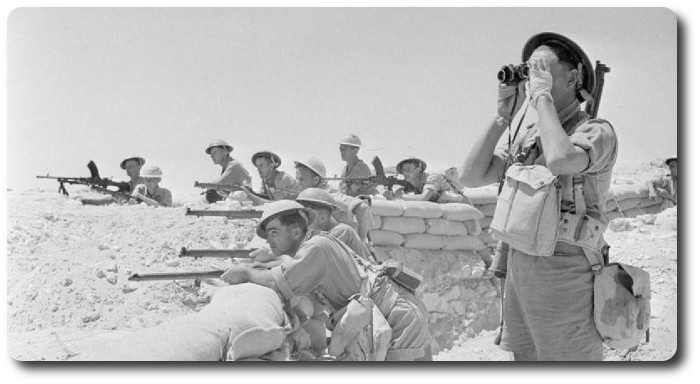
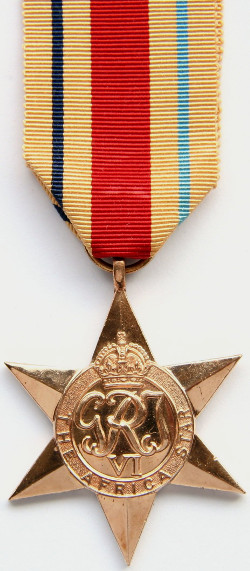

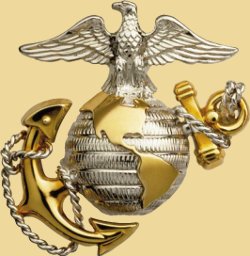
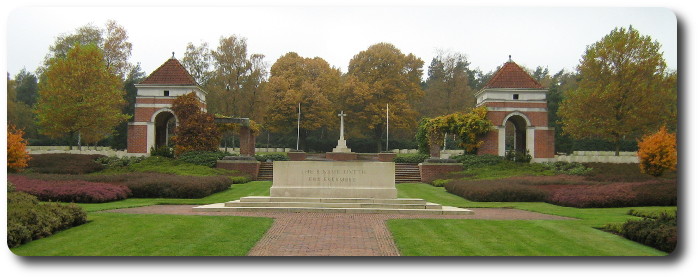

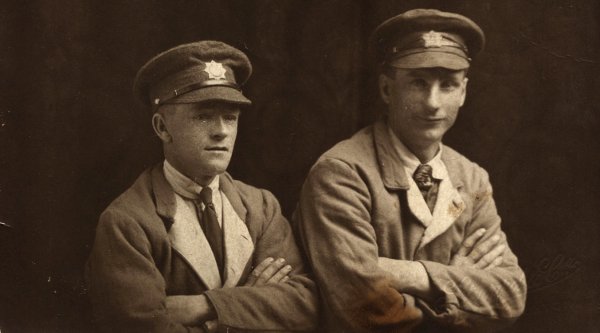
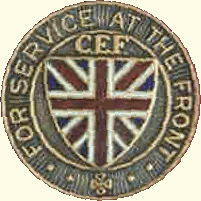 It is by a varying stroke of luck that one of the most valuable resources for researching Canadian soldiers of the First World War still exists. That resource is the collection of service records maintained by
It is by a varying stroke of luck that one of the most valuable resources for researching Canadian soldiers of the First World War still exists. That resource is the collection of service records maintained by 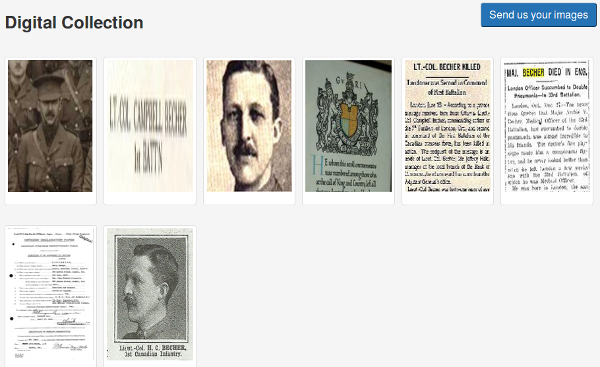
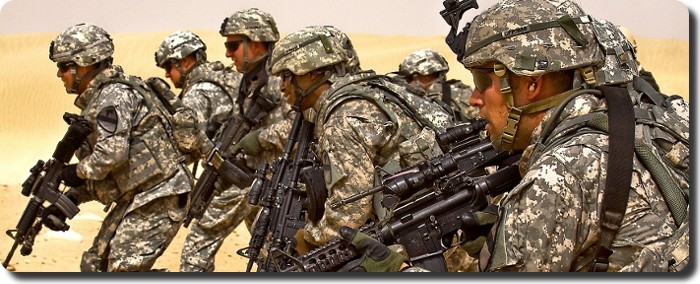
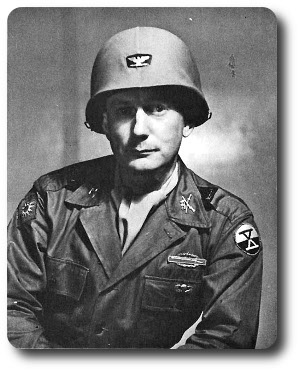
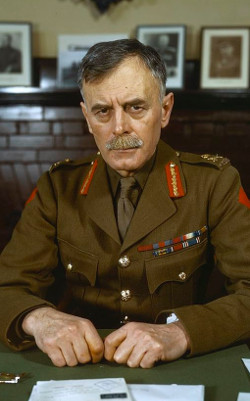
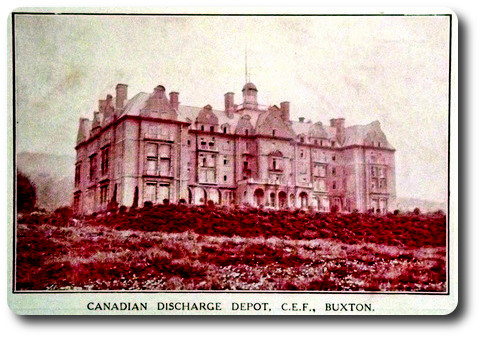
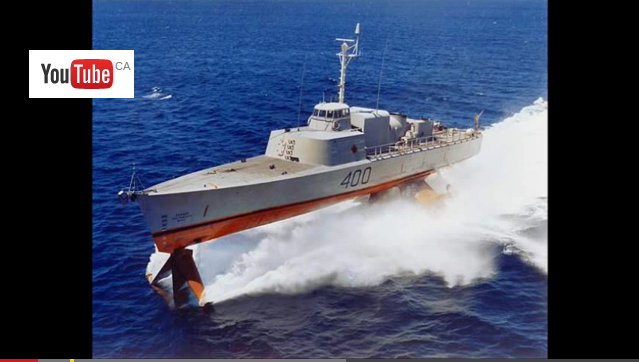
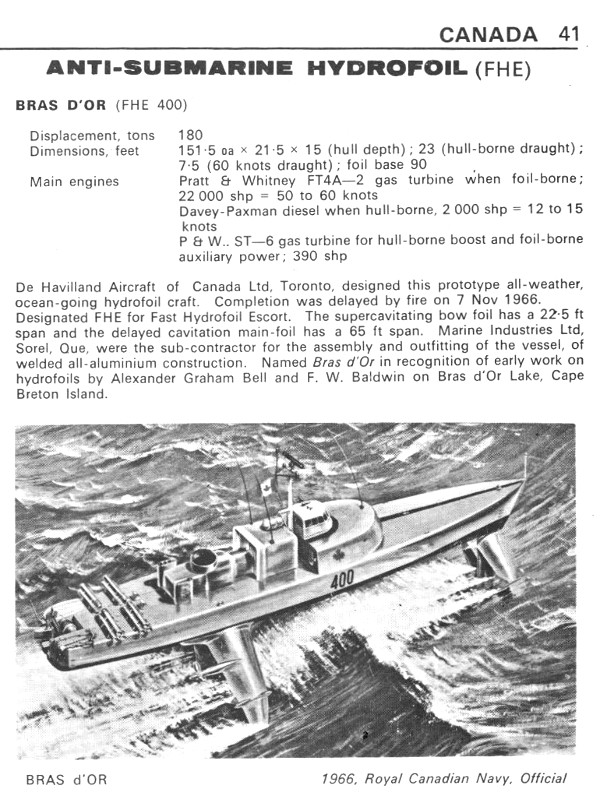
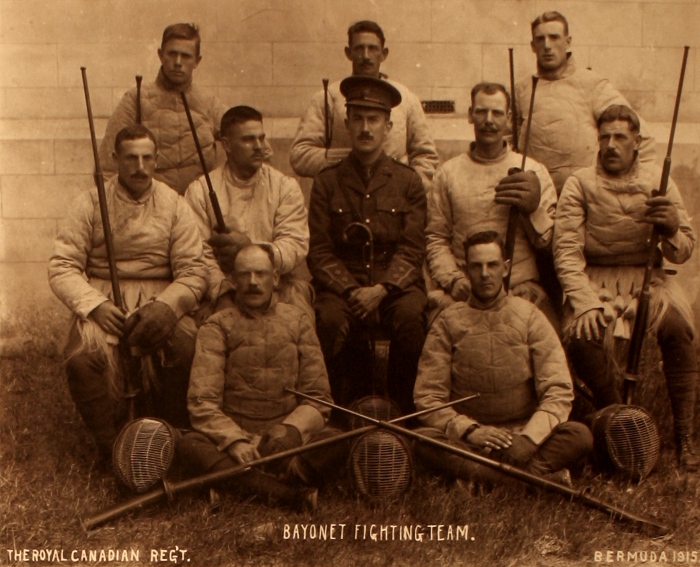

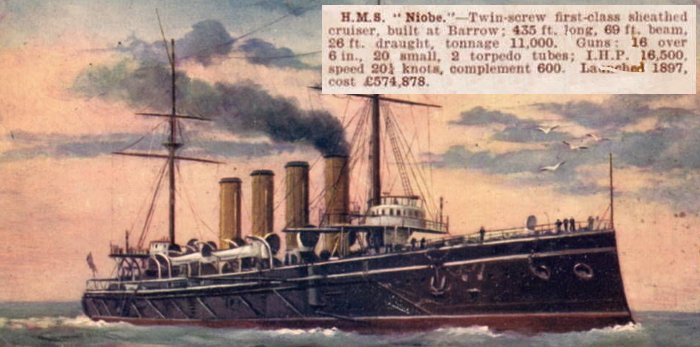

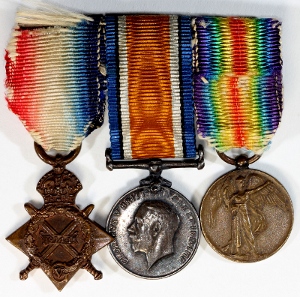 It's easy to be critical of someone else's actions. Offering criticism, either directly or by "innocently" suggesting what "should" be done, costs nothing. One doesn't have to open their wallet to offer criticism. One doesn't have to do anything to offer criticism. Yet by offering such remarks, they portray themselves as speaking from a position of moral superiority, their beliefs being reinforced by comments of agreement from others.
It's easy to be critical of someone else's actions. Offering criticism, either directly or by "innocently" suggesting what "should" be done, costs nothing. One doesn't have to open their wallet to offer criticism. One doesn't have to do anything to offer criticism. Yet by offering such remarks, they portray themselves as speaking from a position of moral superiority, their beliefs being reinforced by comments of agreement from others.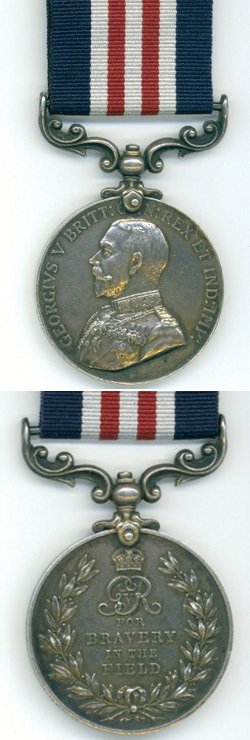 In commenting on this view, I added:
In commenting on this view, I added: